
| Table | ||
|---|---|---|
| {{DiamondPacket.TABLE_PER}}% | ||
 |
||
| Girdle | Culet | Depth |
| {{DiamondPacket.GIRDLE_TYPE}} | {{DiamondPacket.CULET}} | {{DiamondPacket.DEPTH_PER}}% |

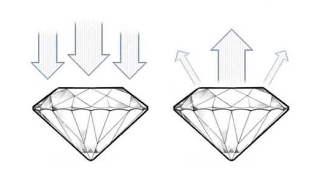
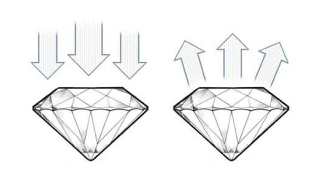

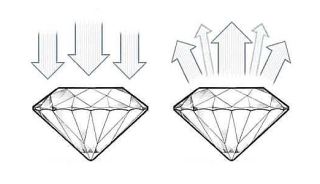
Good cut: Quality at a lower price than a very good cut, still producing a beautiful diamond for the budget-minded.
Very Good cut: Very slightly less measurable fire or sparkle than an ideal cut diamond, at a more affordable price.
Excellent cut: Highest cut grade. Its proportions produce a beautiful balance of fire and sparkle in a diamond.
Astor by AKJ™ cut: Precise proportions, polish, and symmetry allows the diamond to reflect the most possible light. Less than 1% of the world's diamonds qualify.
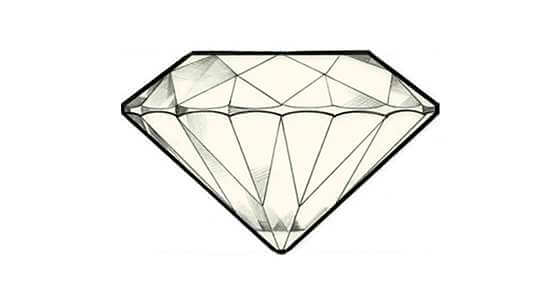
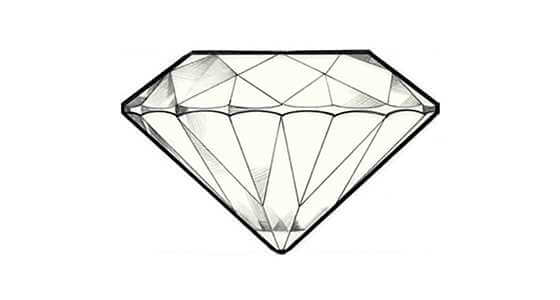
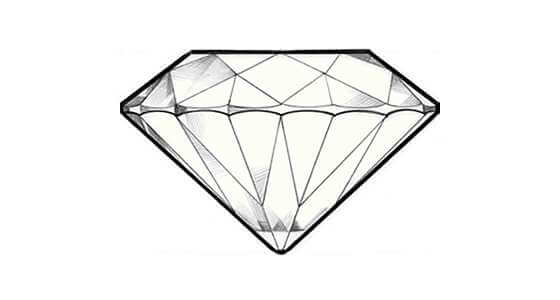
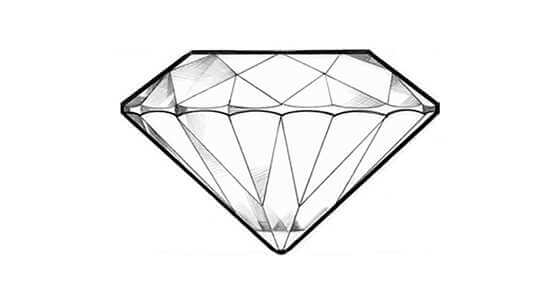

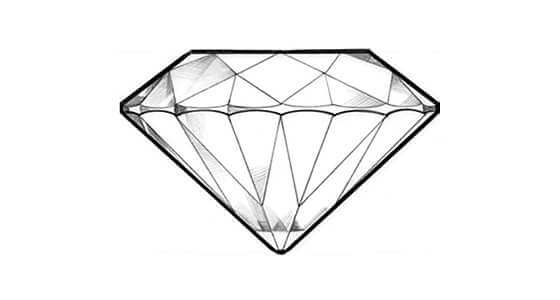
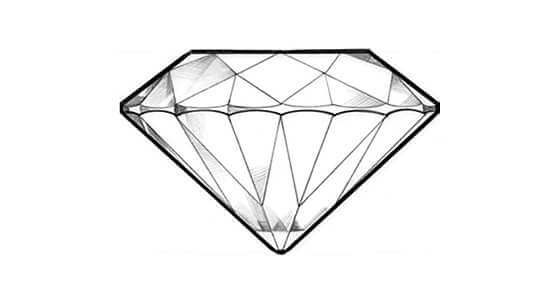
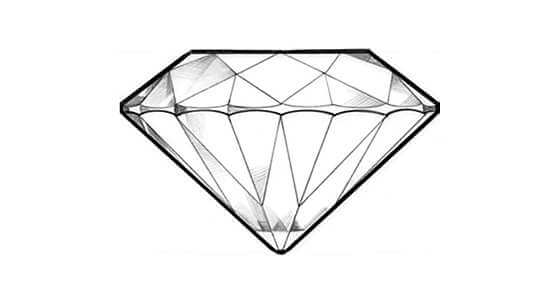
K color: The first of the "faint" color grades, meaning color may be detectable to the naked eye. K-color diamonds can offer great value.
J color: The last of the "near-colorless" grades, color may be slightly detectable to unaided eye, particularly in fancy shapes/diamonds over 1-carat.
I color: Color may be only slightly detectable upon close examination. Exceptional value.
H color: CA "near-colorless" grade, color is only noticeable when compared to much higher color grades. Excellent value.
G color: The highest "near-colorless" grade. Color may be detectable when compared to much higher "colorless" grades. Excellent value.
F color: A "colorless" grade appreciated best set in platinum or white gold. Faint color detectable by a trained gemologist.
E color: A "colorless" grade appreciated best set in platinum or white gold. Traces of color difficult for even trained eye to detect.
D color: Highest, absolutely "colorless" grade, appreciated best set in platinum or white gold. Exceptionally rare.
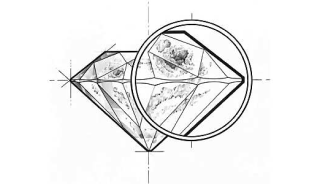
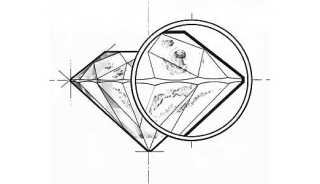
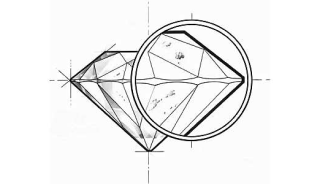
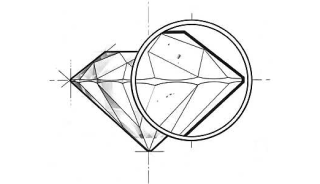
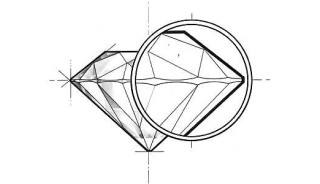
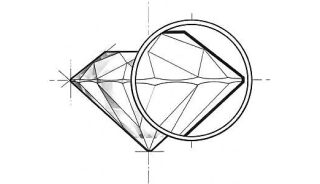
I3: Included. Will likely have more obvious or distracting inclusions. AKJ does not carry I3 clarity diamonds.
I1-I2: Included. Diamonds may have minor eye-visible inclusions. AKJ offers a limited selection of jewelry with I1-I2 clarity diamonds.
SI1-S12: Slightly included. Inclusions noticeable at 10x. Best value if eye-clean. SI2 inclusions may be detectable to a keen unaided eye.
VS1-VS2: Very slightly included. Minor inclusions ranging from difficult (VS1) to somewhat easy (VS2) to see at 10x magnification.
VVS1-VVS2: Very, very slightly included. Characteristics miniscule and difficult to see under 10x magnification, even to a trained eye.
Flawless: No internal or external characteristics. Internally Flawless: May have external blemishes only. Both extremely rare.
Carat (ct.)
The international unit of weight, used for measuring diamonds and gemstones. 1 carat is equal to 200 milligrams, or 0.2 grams.
Fluorescence
A measure of the visible light some diamonds emit when exposed to ultraviolet (UV) rays. Diamonds with a strong or very strong fluorescence are a better value because the market prices them slightly lower. It is quite rare for fluorescence to have any visual impact on a diamond's appearance, it and it does not compromise the gem's structural integrity in any way.
Polish
The overall condition a of a finished diamond's faceted surfaces, including how smoothly the facets have been polished, whether any marks are visible from the polishing wheel, and how defined the edges of each facet are. Polish marks are almost always invisible to the unaided eye, but good is polish is essential for maximum light performance.
Symmetry
The precision and alignment of a diamond's facets and the resulting effects on its brilliance.
Depth percentage
The height of a diamond, measured from the culet to the table, divided by its average girdle diameter. One of the basic proportions that contributes to a diamond's appearance, brilliance and fire.
Table percentage
The width of the diamond's table expressed as a percentage of its average diameter. A component of the overall cut grade, this measurement is critical to a diamond's light performance.
Length
Length is the maximum distance from one end of the diamond to the other, measured along its longest axis. It plays a key role in determining the diamond’s shape, length-to-width ratio, and how large it appears when set in jewelry.
Width
Width is the maximum distance from one side of the diamond to the other, measured across its widest part. Along with length, it determines the stone’s overall outline and length-to-width ratio.
Girdle%
Girdle % refers to the thickness of the diamond’s girdle (the narrow band that separates the crown from the pavilion) expressed as a percentage of the average diameter. It affects durability, setting security, and light performance — too thin can risk chipping, while too thick can add unnecessary weight without visual benefit.
Culet
The facet or point at the bottom of a diamond pavilion. In preferred diamond cut grades, culets are generally undetectable to the unaided eye and graded none to small. Medium to large culets may have an impact on light performance.
BGM
BGM indicates the presence of a brown, green, or milky hue within the diamond. These natural characteristics can influence the stone’s transparency, brightness, and market value.